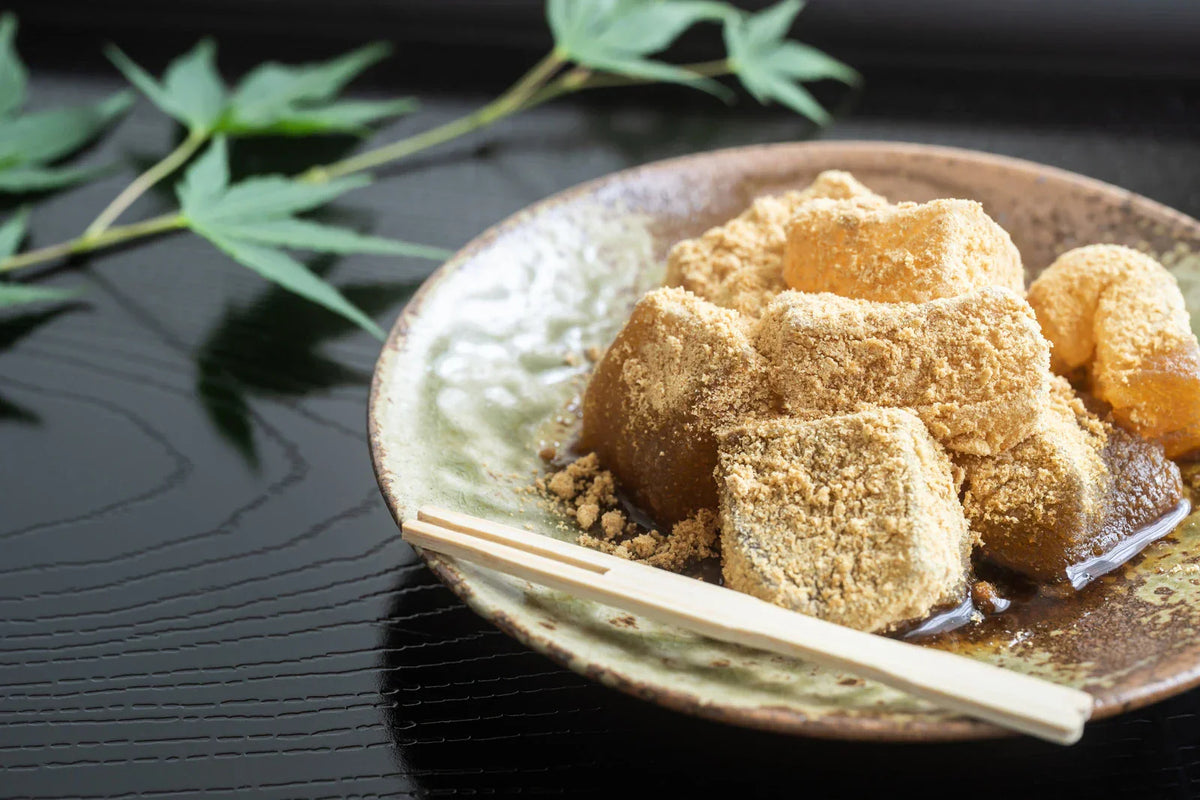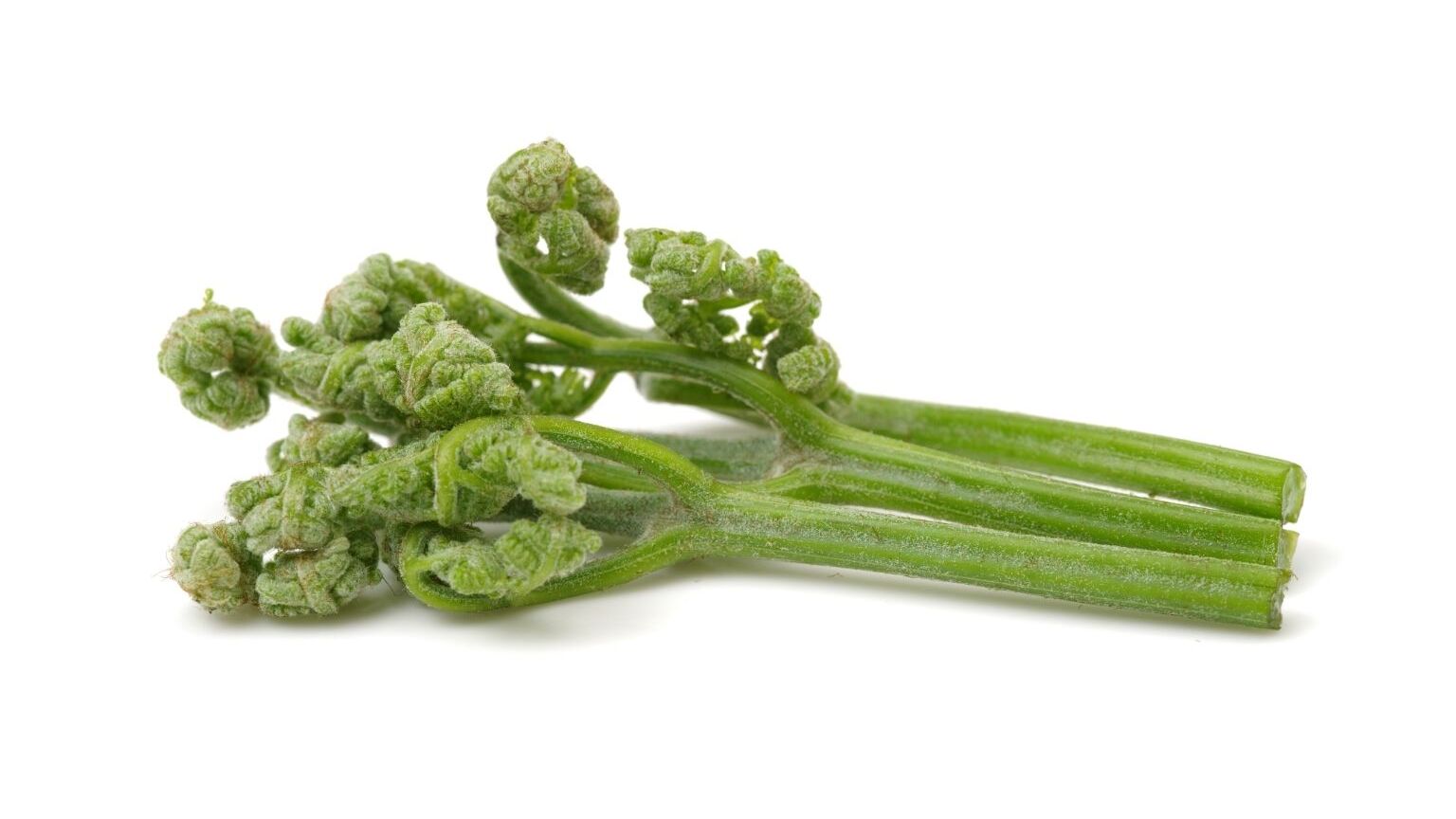
Warabimochi Uncovered: A Delightful Journey into Japanese Dessert Culture
|
|
Time to read 4 min
|
|
Time to read 4 min
Warabimochi is a soft, jelly-like confection that has been cherished in Japan for centuries. Unlike traditional mochi made from glutinous rice, warabimochi uses bracken starch as its base, resulting in a unique texture that is both chewy and delicate. This traditional sweet treat is often enjoyed as a refreshing summer snack, served with kinako (roasted soybean flour) and sometimes drizzled with kuromitsu (a dark sugar syrup). In this article, we'll explore the origins, preparation, and cultural significance of warabimochi, while uncovering the best places in Japan to enjoy this delightful snack.
There are two types of starch used to make warabi mochi:
“Warabi Mochiko” (standard warabi mochi flour) and
“Hon-Warabi Mochiko” (pure bracken starch).
Warabi Mochiko : A mixture of starch extracted from bracken roots and other starches such as sweet potato or potato starch. This version is quicker and more economical to prepare, though it tends to have less elasticity. The resulting mochi is typically white to transparent in color.
This is the most common type found in supermarkets across Japan.
Warabi Mochiko
Hon-Warabi Mochiko : Made only from bracken starch, this is a premium ingredient known for being difficult to extract and therefore expensive. It has a light brown appearance with a slightly darker overall tone.
Bracken, the plant used to produce warabi starch, is typically harvested from mid-March to May, depending on the region.
Hon-Warabi Mochiko
Traditionally, many Japanese confectioners may have started selling warabi mochi to coincide with the bracken harvest season. As a result, warabi mochi is still commonly enjoyed as a refreshing summer treat—often served with roasted soybean flour (kinako) or brown sugar syrup (kuromitsu).
Warabimochi is more than just a dessert; it is a symbol of Japanese tradition and craftsmanship. Whether you’re strolling through a summer festival or enjoying a peaceful moment in a tea garden, warabimochi offers a taste of Japan’s rich cultural heritage. For those eager to expand their culinary horizon, experiencing warabimochi should be on your travel itinerary.
For more insights on Japanese snacks and culture, don’t hesitate to explore our blog further.



